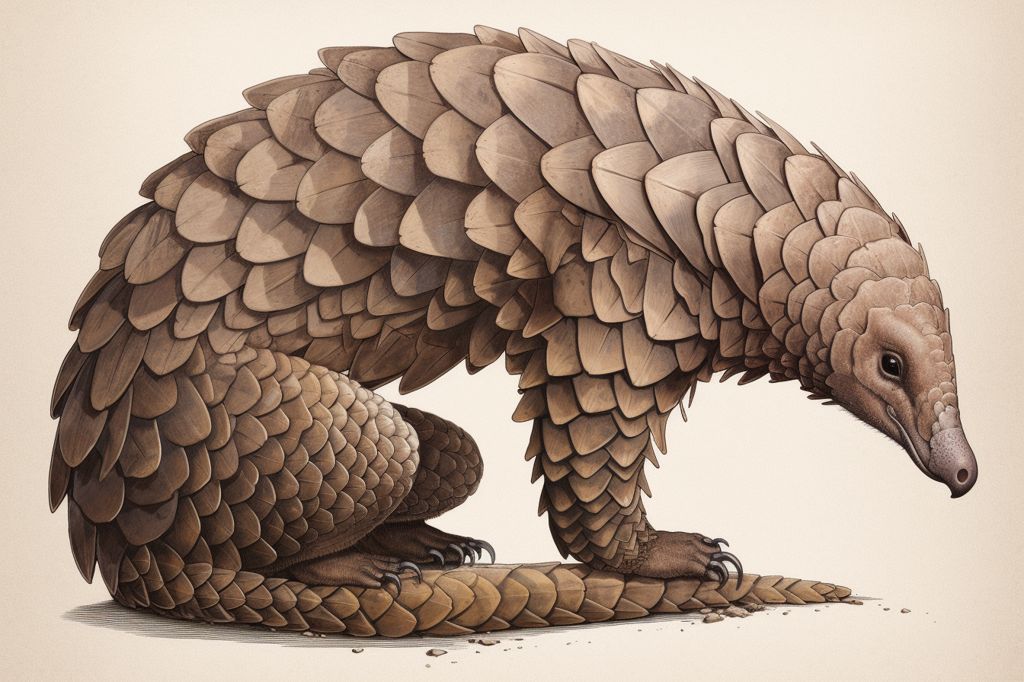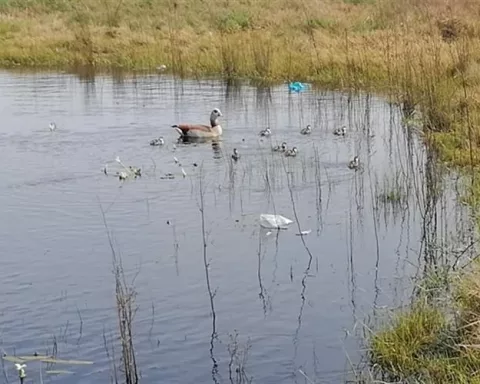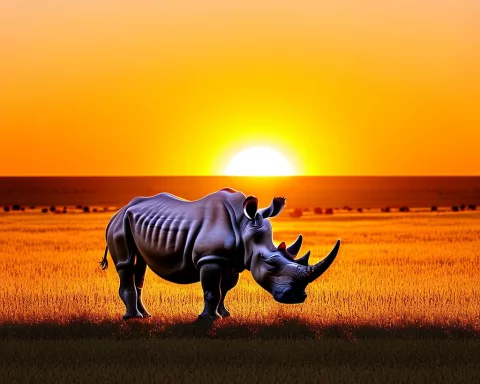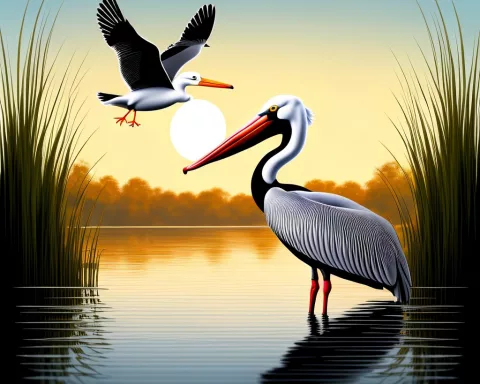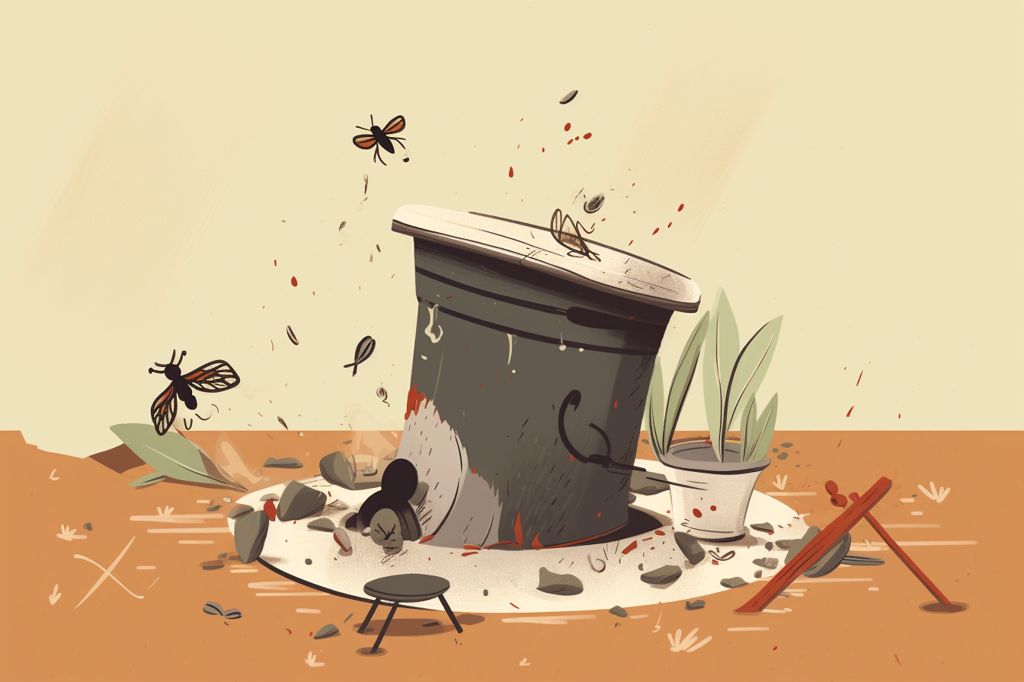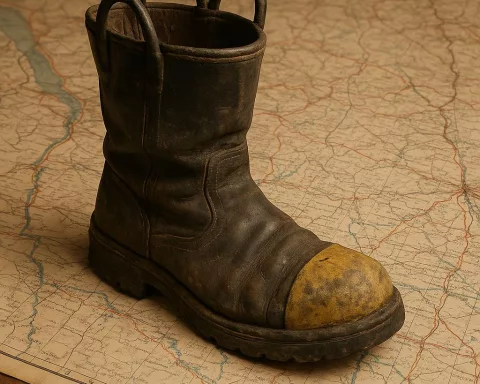Pangolins, also known as scaly anteaters, are fascinating creatures that remain unknown to most people. These unique animals constantly struggle for survival as they are the most trafficked mammal globally.
Pangolins: A Unique Species
Pangolins are native to Africa and Asia and are covered in hard, protective scales, except for their faces. However, they are being poached in staggering numbers, with two 14-ton shipments of pangolin scales seized in Singapore in April 2019 alone. This seizure represented around 72,000 poached pangolins with an estimated over $90 million worth.
The Cause of the Problem
The wrongful use of pangolin scales in traditional Chinese medicine is the primary motivation behind this appalling trade. These scales are believed to alleviate arthritis and aid in lactation for nursing mothers. Additionally, pangolin meat is considered a delicacy in some parts of Asia, and they are hunted for bushmeat in central and West Africa.
The Fight to Save the Pangolin
There are eight pangolin species, and all eight species are protected under national and international laws. Efforts to save the pangolin are underway in South Africa, where game farmers have joined a project to preserve these animals from threats such as electrocution by game fencing.
Save Pangolins, a conservation organization, raises awareness and supports actions to protect pangolins across Africa and Asia. In June 2020, China increased protection for its native pangolins, closing a significant loophole in consuming these animals and banning their use in traditional medicine.
The Threat to Other Species
Electrical fencing is not only a threat to pangolins but also to other wildlife species, including tortoises, snakes, chameleons, and even small antelope. Organizations like Save Pangolins continue to make a difference in the lives of these animals.
Pangolin Awareness Day
Pangolin Awareness Day, scheduled for February 2024, is an opportunity to support the various organizations working to save this Critically Endangered and Vulnerable species. By contributing to these efforts, we can help ensure the survival of pangolins for future generations and promote a greater understanding of these fascinating creatures.

